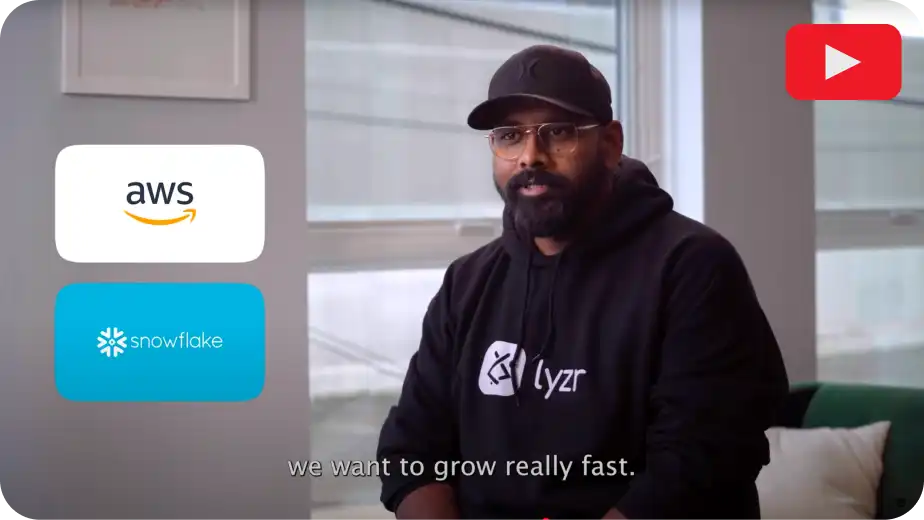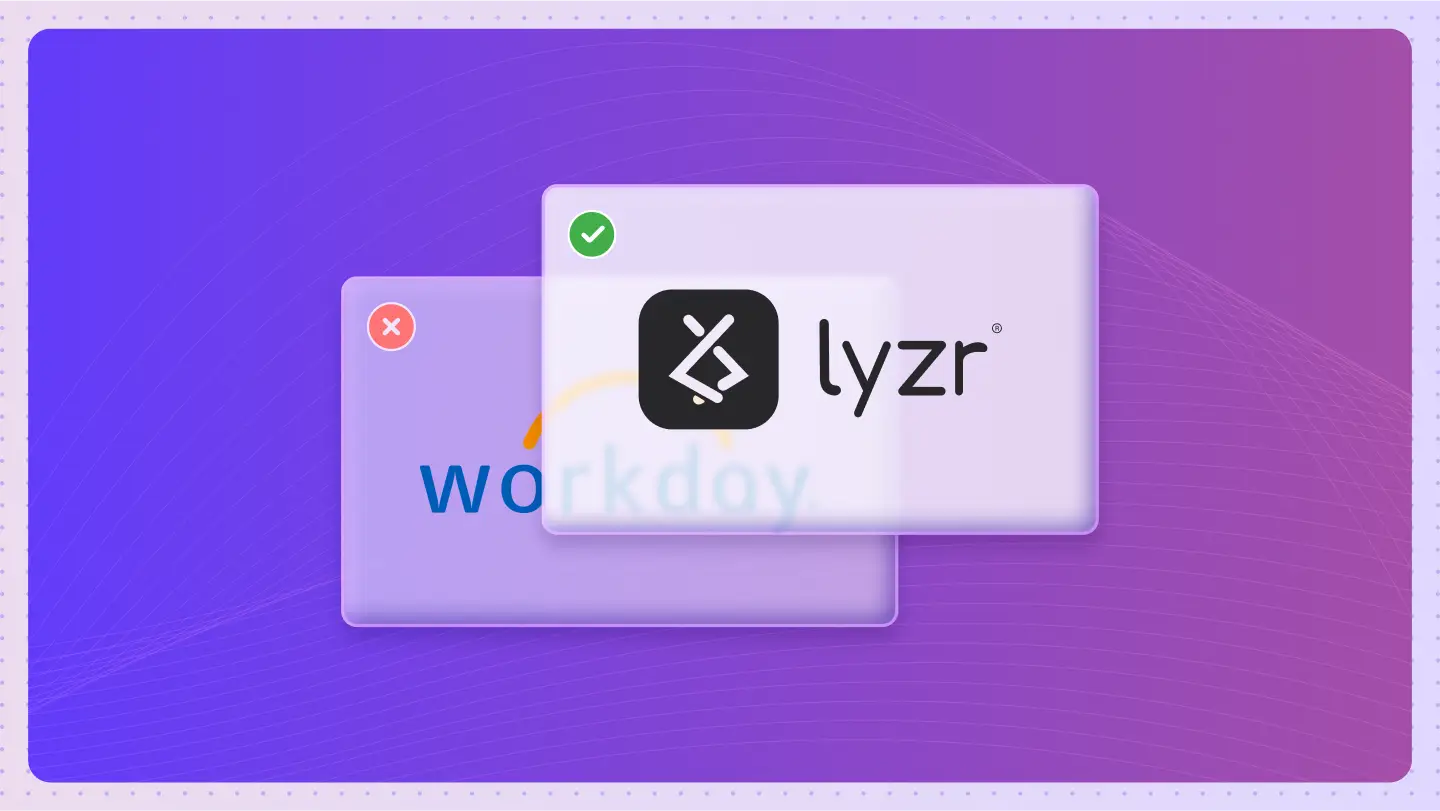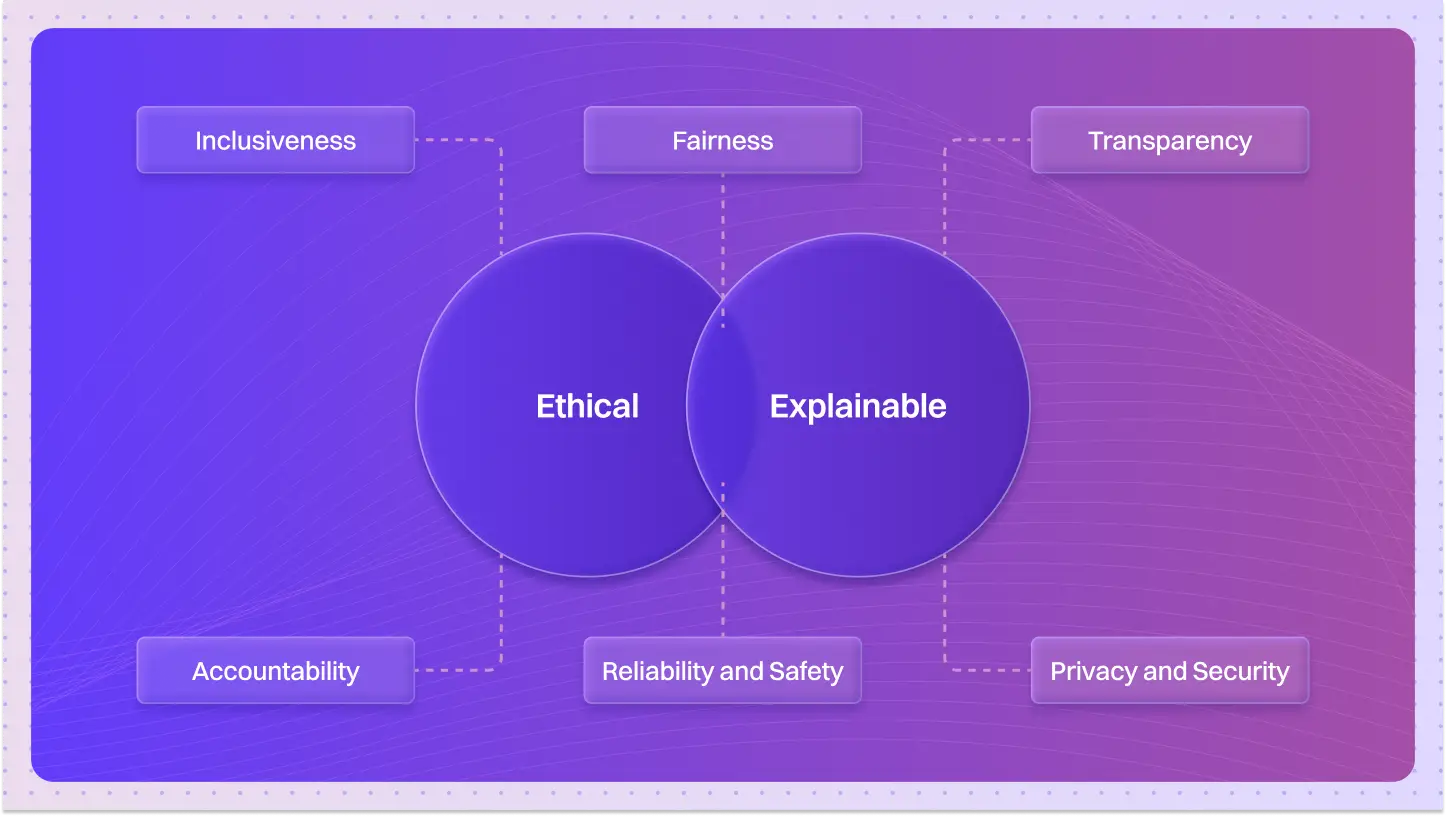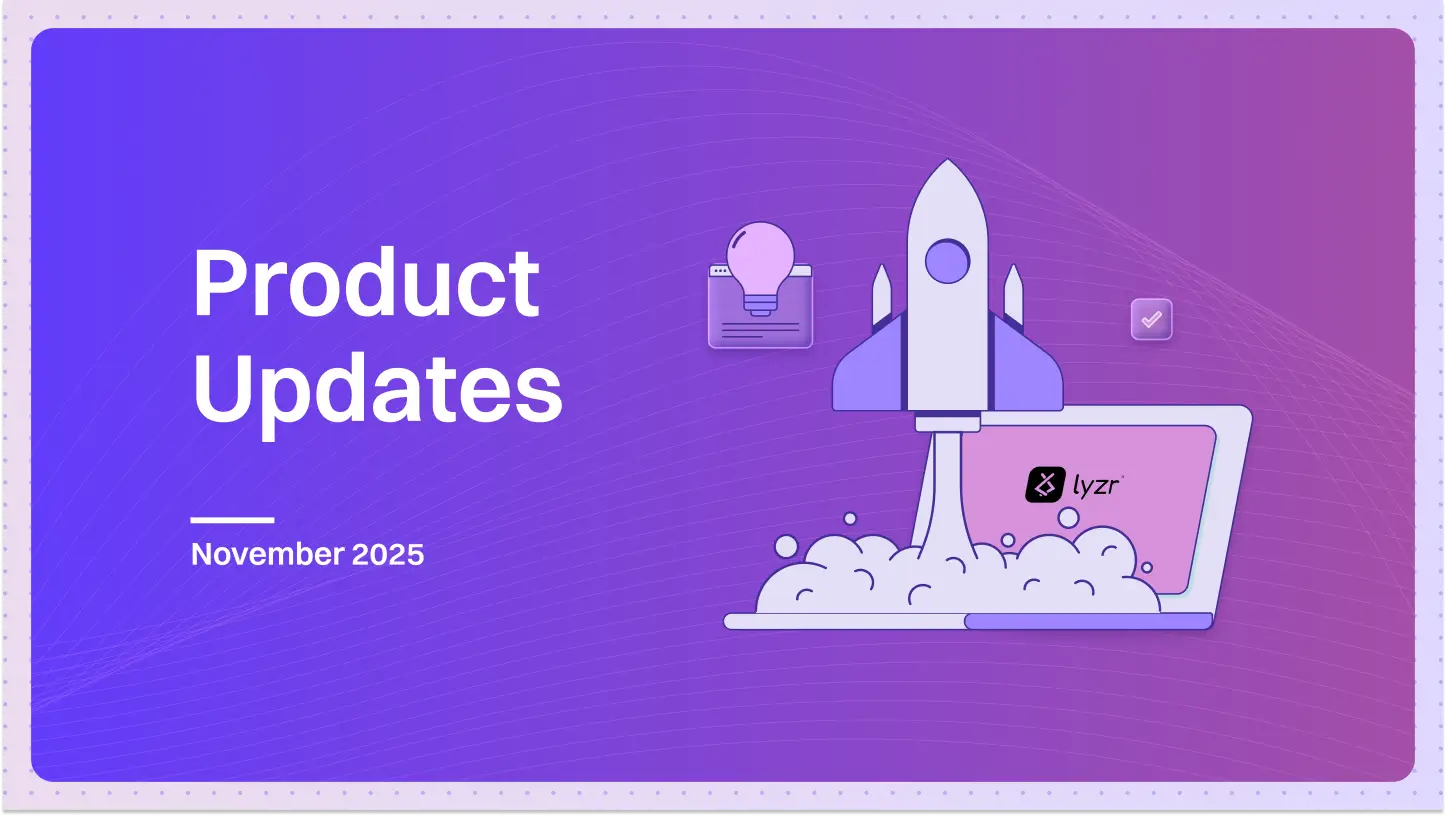Personalized AI Workflows
Personalized AI Workflows are customized sequences of AI-powered processes that adapt to individual user preferences, behaviors, and needs to automate complex tasks while maintaining the user’s unique working style and requirements.
Think of it like having a personal assistant who not only knows exactly how you prefer to work but can actually reconstruct your entire workflow, automating the tedious parts while preserving your decision points and personal touches.
What are Personalized AI Workflows?
Personalized AI Workflows are intelligent systems that observe, learn from, and adapt to an individual’s work patterns to create custom automation sequences that reflect their unique approach to tasks.
These systems go beyond simple automation by:
- Learning individual preferences and working styles through observation
- Creating tailored processes that match a person’s decision-making patterns
- Adapting over time as the user’s needs and preferences change
- Preserving human judgment and creativity at critical points
- Automating repetitive elements while maintaining personal workflow characteristics
Unlike generic automation tools that force users to adapt to their systems, personalized workflows mold themselves to the user, creating a seamless extension of their natural working process.
How do Personalized AI Workflows work?
These systems function through a sophisticated combination of technologies:
- Activity Monitoring: AI observes how users complete tasks, tracking patterns, preferences, and decision points
- Pattern Recognition: Machine learning identifies recurring sequences and personal workflow habits
- Context Awareness: Systems recognize the situational factors that influence how a user approaches different tasks
- Preference Learning: AI builds detailed models of user preferences for everything from communication style to data visualization
- Adaptive Execution: Workflows automatically adjust based on changing user behavior, new requirements, or feedback
For example, a designer might have a personalized workflow that learns their unique creative process—automatically gathering inspiration images in their preferred style, pre-processing them according to their usual techniques, suggesting layout options based on their past work, but leaving creative decisions for human input.
What distinguishes Personalized AI Workflows from standard automation?
The key differences lie in adaptability and user-centricity:
- Standard automation applies the same predefined sequence for everyone, while personalized workflows adapt to individual working styles
- Standard automation requires users to conform to its processes, while personalized workflows conform to the user
- Standard automation executes the same way regardless of context, while personalized workflows adjust based on situational factors
- Standard automation typically requires manual reconfiguration when needs change, while personalized workflows evolve automatically
Consider a content marketer: Standard automation might schedule social posts at predetermined times, while a personalized workflow would learn when their specific audience engages most, adapt posting styles to match their voice, and even suggest content modifications based on their historical engagement patterns.
Why are Personalized AI Workflows important?
These systems represent a fundamental shift from technology that demands human adaptation to technology that adapts to humans:
- Productivity Without Conformity: Users gain efficiency without sacrificing their preferred working methods
- Cognitive Relief: Reduces mental load by handling routine aspects while preserving meaningful human input
- Learning Curve Elimination: Technology adapts to humans rather than humans learning technology
- Skill Augmentation: Enhances individual capabilities while maintaining personal working identity
- Satisfaction and Adoption: Higher technology acceptance when systems work the way users naturally do
As AI increasingly enters the workplace, personalized workflows offer a path to harmonious human-AI collaboration rather than displacement or frustration.
Real-world examples of Personalized AI Workflows
Personalized AI Workflows are emerging across various domains:
- Microsoft Copilot: Beyond standard suggestions, it learns individual coding patterns and adapts to personal programming styles over time
- Notion AI: Adapts to a user’s writing style and organizational preferences to create personalized document templates and content
- Zapier’s Adaptive Paths: Their newer systems observe how users connect services to suggest personalized automation flows based on individual usage patterns
The most advanced implementations learn not just what tasks to automate but how to perform them in ways that match the user’s unique style and approach.
How can someone implement Personalized AI Workflows?
Creating effective personalized workflows involves several key steps:
- Data Collection Phase: Use AI tools that can observe and learn from your existing processes
- Pattern Identification: Leverage systems that can recognize your recurring tasks and working preferences
- Gradual Automation: Start by automating simple, repetitive elements while maintaining control of key decisions
- Feedback Loop Creation: Ensure workflows can adapt based on your corrections and changing preferences
- Integration Across Tools: Connect different systems to create end-to-end personalized workflows
Tools like Make (formerly Integromat), advanced Zapier implementations, or newer AI assistants like Anthropic’s Claude with memory capabilities provide foundations for building personalized workflows.
What challenges exist with Personalized AI Workflows?
Despite their potential, these systems face several obstacles:
- Privacy Concerns: Effective personalization requires deep monitoring of user behavior
- Technical Complexity: Creating truly adaptive workflows requires sophisticated AI capabilities
- Over-Personalization Risk: Systems might perpetuate inefficient habits rather than improving them
- Interoperability Issues: Personalized workflows often need to span multiple applications and services
- Balance of Control: Finding the right mix of automation and human intervention can be difficult
For example, a workflow might learn to automate email responses based on a user’s communication style, but this raises questions about data privacy and whether the system might perpetuate problematic communication patterns.
How are Personalized AI Workflows evolving?
The field is advancing rapidly along several dimensions:
- Multi-Modal Learning: Systems that can understand preferences across text, visual, and audio inputs
- Collaborative Personalization: Workflows that adapt to both individual and team working styles
- Intent Recognition: Advanced understanding of not just what users do but why they do it
- Contextual Switching: Workflows that adjust based on changing situations or projects
- Explainable Personalization: Systems that can articulate why they’ve created specific workflows
The most promising developments combine deep learning for pattern recognition with advanced agent technologies that can take autonomous actions based on those patterns.
What industries benefit most from Personalized AI Workflows?
While beneficial across sectors, some fields see particular advantages:
- Creative Industries: Where preserving unique style and approach is crucial while automating technical aspects
- Knowledge Work: Where information processing can be automated while preserving critical thinking
- Professional Services: Where client relationships require personal touches but processes can be standardized
- Healthcare: Where provider workflows can be optimized while maintaining clinical judgment
- Education: Where teaching approaches can be augmented while preserving pedagogical style
Financial advisors, for instance, might use personalized workflows that automate market analysis and portfolio monitoring in their preferred format, while preserving their unique client communication style and investment decision process.
How do you measure the success of Personalized AI Workflows?
Effective measurement combines traditional metrics with user-centric indicators:
- Time Savings: Reduction in time spent on routine tasks
- Consistency: Improved reliability of processes without loss of personal touch
- Satisfaction: User sentiment about working with their personalized systems
- Adoption Rate: How quickly and completely users embrace their personalized workflows
- Decision Quality: Whether automated portions lead to better outcomes
- Adaptation Accuracy: How well the system reflects the user’s actual preferences
The most successful implementations achieve high productivity gains while maintaining or enhancing user satisfaction and work quality.
Personalized AI Workflows represent a profound shift from the traditional view of automation as rigid and impersonal. As these systems evolve, they promise a future where technology truly adapts to humans rather than the other way around—preserving what makes our work uniquely ours while eliminating what makes it tedious.







